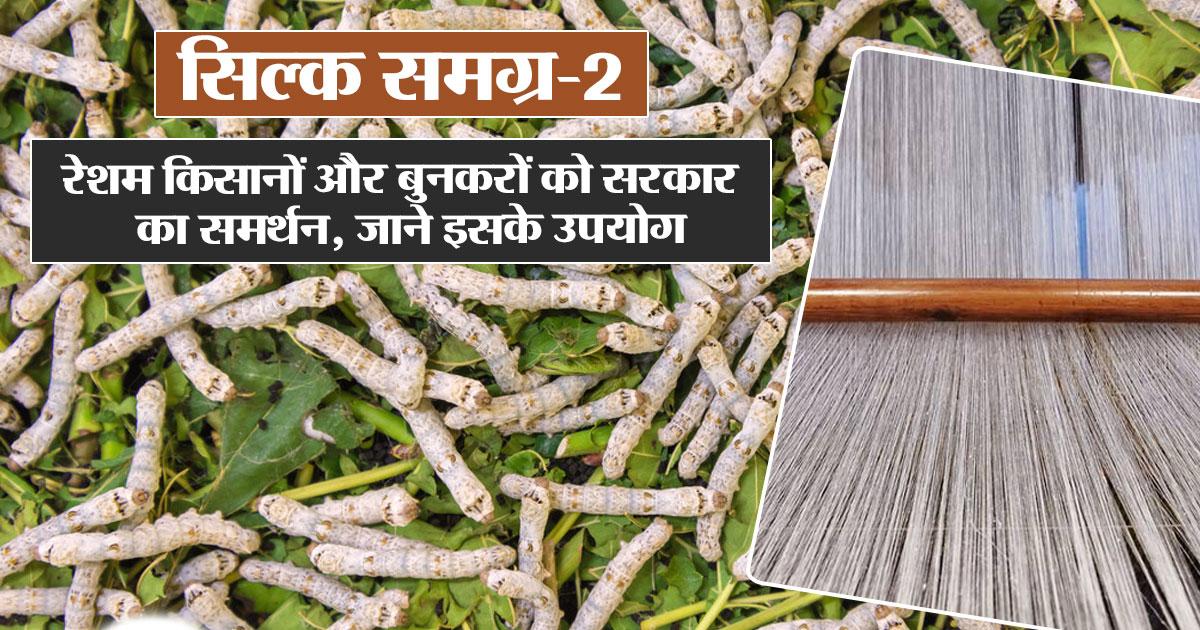
The Government of India is continuously working to promote silk production and strengthen the livelihoods of silk farmers and weavers through the Silk Samagra-2 scheme. Under this initiative, financial assistance of ₹1,074.94 crore has been provided to state governments, benefiting approximately 78,000 individuals. This support is aimed at implementing beneficiary-oriented field-level components effectively.
In addition, under the National Handloom Development Programme and Raw Material Supply Scheme, handloom workers, especially silk handloom workers, receive assistance to enhance their livelihood opportunities.
The government is emphasizing self-reliance in the silk sector through the Silk Samagra-2 scheme. The primary focus of this initiative is to boost the production of international-grade bivoltine silk and increase silk exports. India aims to establish itself as a global leader in silk production and exports by adopting a multi-pronged strategy that includes production enhancement, quality improvement, infrastructure development, research & innovation, and market expansion.
Silk has been cherished since ancient times for its softness, smooth texture, and natural sheen. It holds a prestigious place among fabrics and is often referred to as the "Queen of Textiles. Raw silk is widely used to make shirts, suits, ties, blouses, lingerie, pajamas, and jackets. Muga silk fabric is extensively used by Assamese women to create mekhela, riha, and sador sarees. Additionally, hand-spun mulberry silk is used in crafting comforters and sleeping bags due to its luxurious feel and warmth.